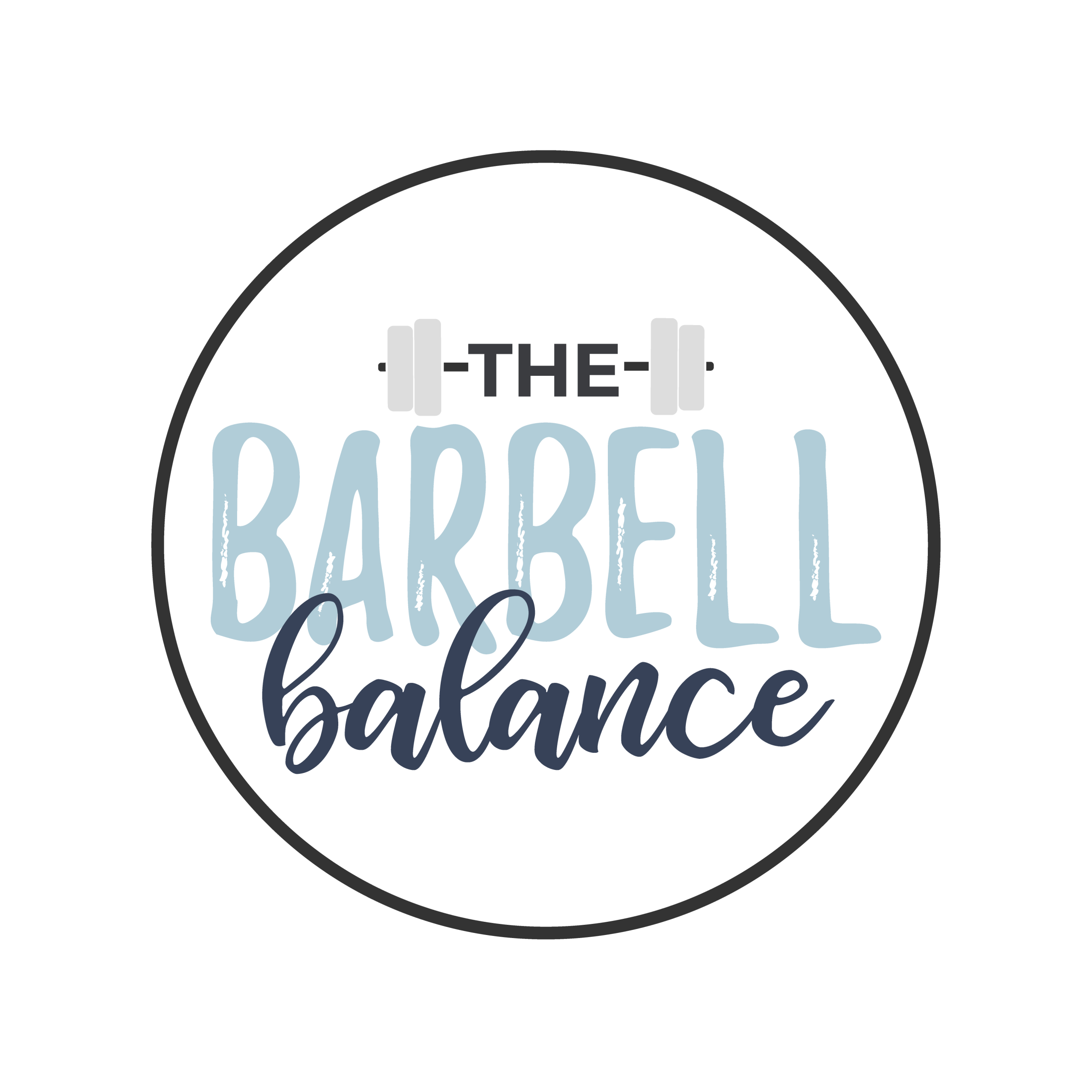Do You Have To Be A Walking Kegel For As Long As You Live?
So do you need to actively engage your badge for the rest of your life Now that you have a prolapse, well that depends on your symptoms?
You may have asked yourself this question as you think about getting back into your fitness programming or starting something new.
It’s a mighty good question I wasn’t clear on in the beginning.
If you’re working with a pelvic floor physiotherapist and they’ve diagnosed you with a pelvic organ prolapse, it’s highly likely they also assessed the strength and endurance of your pelvic floor muscles. This means, how strong the contraction of your pelvic floor muscle is as well as how long you can hold the contraction.
So, it’s like how long you can squeeze your vagina keeping it closed.
Your pelvic floor physiotherapist does this internally by inserting their fingers into your vagina and asking you to contract your pelvic floor muscles (or kegel).
If you need to work on your pelvic floor muscle strength, you may need to practice this pelvic floor muscle contraction until strength improves.
Another reason why you may need to work on this pelvic floor contraction…
Early on when you’re working with your pelvic PT or whoever is working with you on your pelvic floor, rehab may have you consciously doing a key goal while coordinating it with your breathing and exercise or task. You may even be instructed to exhale a split second before you exert or do some work.
For example, let’s say you feel like something is falling out when you’re doing deadlifts. This may mean your pelvic floor isn’t activating as well as it should.
Watch this video to see this strategy in action
This is where you train your pelvic floor to activate automatically, but if you’re pregnant early postpartum or you’re just learning how to use your pelvic floor muscles, they may need a little help with this.
Are you ready to take the guesswork out of managing your prolapse during your workouts? In my 1:1 online coaching, The Body Revitalization Program, you will learn the exact strategies I’ve used with women from all over the world, get back to the heavy sweaty stuff and feel brave in their bodies. If this is up your alley, check out my online coaching by tapping here.
As your mind and body become aware of this mind/body connection, you shouldn’t need to consciously activate your pelvic floor muscles all the time unless you’re experiencing feeling like something is forcing its way out of your lady parts or you’re peeing during a particular task like lifting or heavy a heavy object.

It’s common for many women to push down or a bear down on these muscles when they’re trying to do a daily task at home or during their workouts. One way to combat this is to actively contract these muscles.
Me, when I’m approaching 85% of my 1RM, I’ll consciously contract these muscles to help get a good brace of the core and the pelvic floor muscles. I’ve been training this way for a couple of years now and have worked out all of the kinks, but you may need to experiment, play around and find what works for you.
You don’t have to live and move by your prolapse. If you’re confused with all of the information that’s been thrown at you, remember you don’t have to figure this out on your own. Grab your free 10 Fitness Tips For Lady Parts: A step by step checklist to improve your pelvic health below.
Ciao my beautiful friend,
Terrell
Got prolapse and feeling stuck in your fitness endeavours? Get back to the heavy sweaty stuff and feel brave in your body with this free checklist.

